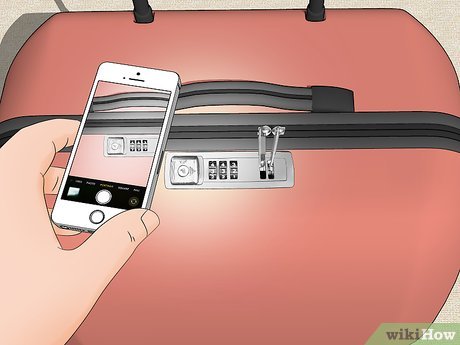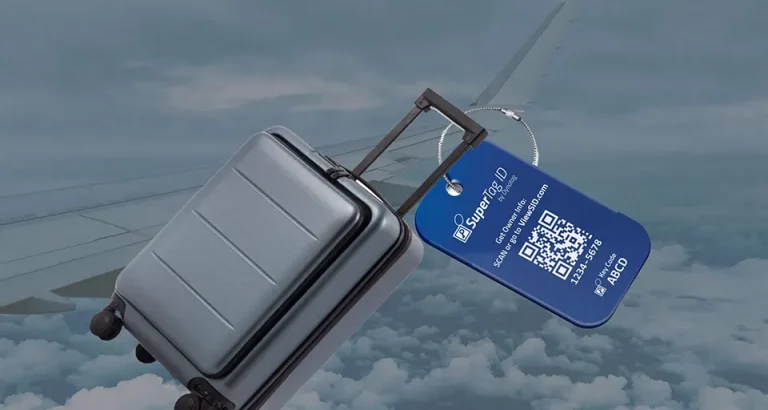Buying car insurance can often be like navigating through a maze blindfolded. There are so many clauses, options, and technical jargon that can leave anyone bewildered. Car insurance is crucial, not just because it’s a legal requirement in many places, but it also offers financial protection in the event of an accident or theft. However, there’s often more to your policy than meets the eye. In this comprehensive guide, we’ll uncover the hidden aspects of car insurance that can have a significant impact on your coverage and your wallet.
:max_bytes(150000):strip_icc()/how-car-insurance-companies-value-cars.asp-final-e3fe7d12f1fc4cb9bef0d86ca31d28c4.jpg)
Credit: www.investopedia.com
1. The Truth About ‘No-Fault’ Insurance
When you hear the term “no-fault insurance,” it implies that no matter who causes the accident, each person’s insurance company covers their own losses. However, it doesn’t mean you can’t be sued for severe incidents. Knowing the specifics of no-fault insurance in your state is critical.
2. How Credit Score Affects Your Premium
Your credit score could be playing a significant role in determining your insurance premiums. Many insurers use credit-based insurance scores to predict how likely you are to file a claim—and the lower your score, the higher your premiums could be. Improving your credit score could lead to substantial savings on your car insurance rates.
3. The Hidden Value of Adding Riders to Your Policy
Adding riders or endorsements to your policy can create a safety net tailored to your specific needs. Whether it’s roadside assistance, rental reimbursement, or gap insurance, these additional coverages can be lifesavers in the right situations. But be cautious, as they also add to your premium costs. It’s important to weigh the costs against the benefits.
4. The Impact of Your Car’s Safety Features
Car insurers often provide discounts for cars with certain safety features. Features like anti-lock brakes, airbags, and advanced security systems not only protect you and your passengers but can also lead to lower insurance premiums.
5. It’s Not Just About the Car
Many believe car insurance is all about the car, but the driver’s history and habits are also crucial factors. Here’s a quick checklist of what insurers might consider:
- Your driving record
- How often you drive
- Where you park your car at night
- The purpose of your driving (commuting, business, etc.)
6. The Cost of Lapses in Your Insurance
Even a brief lapse in car insurance coverage can result in higher premiums in the future. Insurers see gaps as risks, so maintain continuous coverage to avoid unnecessary cost hikes.
7. Understanding the Declaration Page
Every car insurance policy has a declaration page, often overlooked, which outlines all the essential details of your coverage. It is invaluable for understanding what’s covered, the limits of your coverage, your deductible, and more. Don’t ignore this page; review it carefully to ensure it meets your needs.
| Coverage Type | Limit | Deductible |
|---|---|---|
| Liability (Bodily Injury) | $50,000 / $100,000 | – |
| Property Damage Liability | $50,000 | – |
| Collision | Actual Cash Value | $500 |
| Comprehensive | Actual Cash Value | $500 |
Frequently Asked Questions For What You Don’t Know About Car Insurance
What Determines Car Insurance Rates?
Insurance rates are typically influenced by factors such as your driving history, vehicle make and model, age, and location.
Is Car Insurance Cheaper For Older Cars?
Yes, older cars generally incur lower insurance costs due to their decreased value relative to new models.
Does Credit Score Affect Car Insurance?
Indeed, in most states, a higher credit score can lead to lower car insurance premiums due to perceived lower risk.
What Is Comprehensive Car Insurance?
Comprehensive insurance covers non-collision-related damage to your car, like theft, vandalism, or weather damage.
Conclusion
Understanding these lesser-known aspects of car insurance can empower you to make more informed decisions about your policy. It’s always a good idea to speak with an insurance agent to clarify any uncertainties and tailor coverage to fit your life. A small amount of knowledge can lead to substantial financial savings and better protection on the road.


